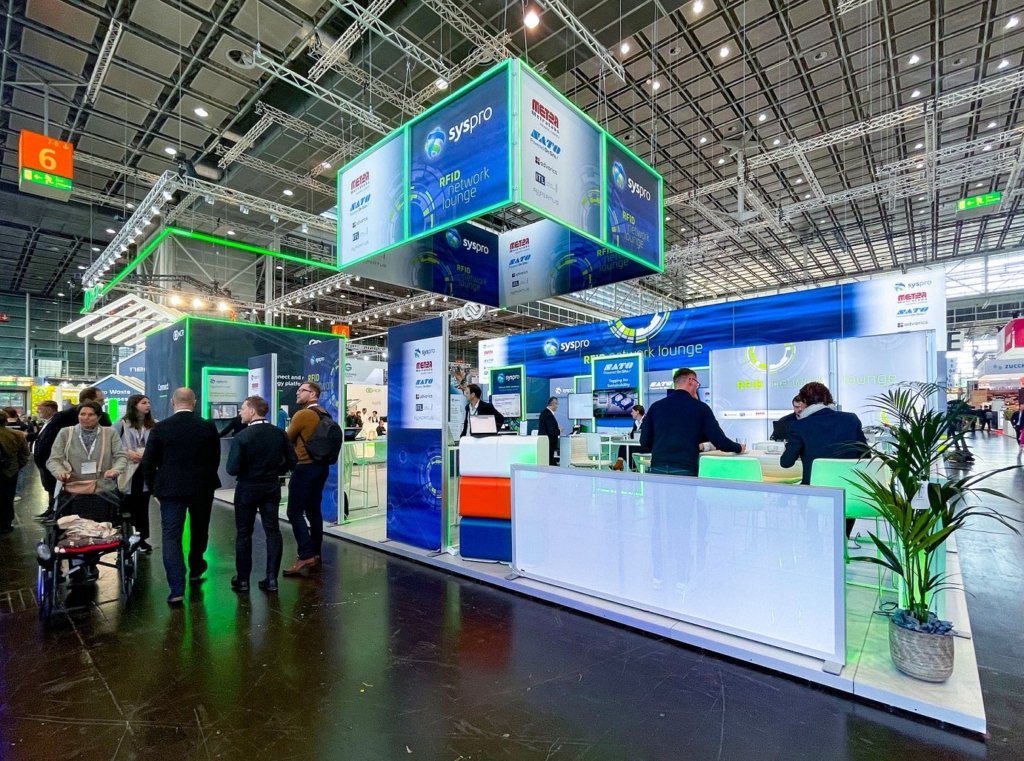Article where are you?
Item Visibility: Getting the merchandise to where it’s needed most

Just a moment, I have to check…
Making a great shopping experience can happen in seconds, but can also fail just as quickly. The customer who is ready to buy a desired article is often left standing in the aisle, being asked by the shop assistant to wait. He/she goes off to search for the article in the stockroom, perhaps call another location or check with the manager. If the article cannot be found, the sales interaction usually comes to an end with something like “Sorry, we don’t have it.”
The possibility that the desired item, say a skirt in size S, could be available in another store is something that the customer has to find out for themself. Of course they could try their luck online, and maybe even order it in the online shop if it’s still in stock.
That’s a shame. All that just happened because the shop assistant did not have the right information.
Lacking item visibility is a massive problem in the fashion industry, and almost all retailers suffer with lost profits because of it:
- If the article is not on the sales floor, it cannot be sold
- If no one knows that the article is in the stockroom, on display in the shop window or in the changing room, it cannot be sold
- If the sales person cannot give the customer information on the availability of an article immediately, a sale is missed and the customer is disappointed
- If the click & reserve inventory is not kept in sync with the store inventory, the reserved article cannot be sold
- If the article surprisingly “reappears” during inventory, for example someone finds it in an unopened box, it’s too late
- If there’s no item visibility in the individual channels, then flexible redistribution will not work
Getting the merchandise to where it is needed most
It’s the dream of every retailer: the merchandise offered is presented to precisely the customer who would like to buy it. With 5,000 articles in 700 stores in a variety of sizes, even the most experienced retailer can no longer make decisions by gut feeling.
- Sizes should not be evenly distributed among all stores
- Buffer stock should not clog up the stockroom
- Excess inventory that later has to be written off should simply not exist
Intelligent Merchandise Distribution
One is always wiser after the fact, for example at the end of the fiscal year or of a collection season, retailers know which items sold well in different stores and which did not. But then it’s too late. The merchandise ends up in the factory outlet store and eventually sold at discounted prices, the amount written off remains high, sales stagnate, etc.
However, retailers should immediately know which articles are sold well in which locations. Also, information on items that need to be reordered as well as the prevailing aging structure of articles at item-level per store is needed. To take the right decisions, it would be wise to have access to reliable real-time data in forms of dependable analysis and clear recommendations.
Actively manage your network of stores using real-time data:
- Real-time control over inventory and more efficient replenishment
- Quicker reordering
- Reduction in reserve stock
- Less merchandise in the channels, combined with greater inventory accuracy
- Smaller lot sizes, more precise control over the flow of merchandise
- Selling out collection merchandise at the planned margin, not via outlet sales
- Fast recommendations for activities to optimise the store
- Real-time dashboards promote the right decisions being made
- Rapid relocation of sale merchandise between the stores



